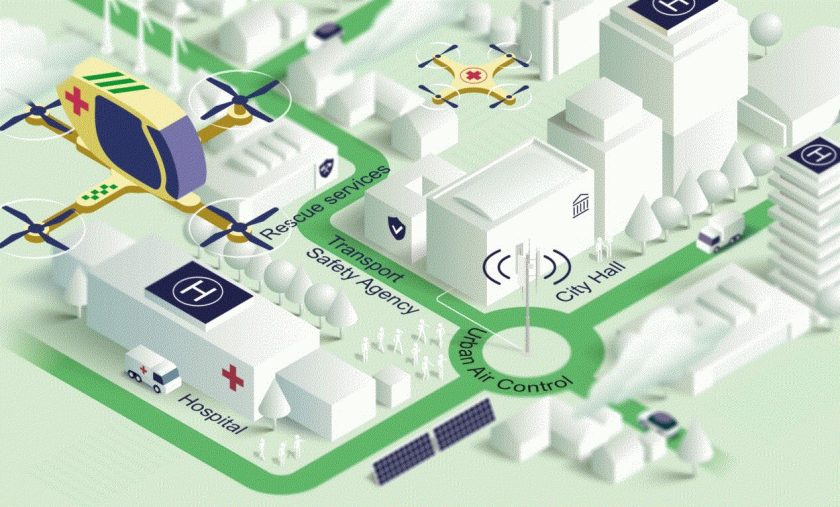According to project website: “Replicator cities will bring their local UAM vision, strategy and activities forward by testing and validating the main outputs of the project and assist in gaining a better understanding of how to integrate Urban Air Mobility into legal systems and policies throughout Europe.
“There are several ways to contribute, and they all will help the Replicator Cities to develop their own UAM activities. For example:
* Getting to know the UAM GIS tool, which is a visualisation for city planners and helps to manage and discuss geospatial data related to boundary conditions for UAM operations.
* Support in applying the UAM Guidebook for Cities, Regions and Operators. The Guidebook looks at UAM from urban design and mobility angles, but also covers aviation safety, public acceptance and UAM integration process management. It provides input to update the city’s SUMP (or other relevant policy plans) and supports a UAM-readiness analysis of a city or region.
* The opportunity to use a ready-made elaborate public acceptance survey and benchmark the outcomes against results of the AiRMOUR countries. The questionnaire as well as the data collection and processing platform will be provided by AiRMOUR. Replicator Cities will receive detailed insights.
* Priority access to the free-of-charge AiRMOUR training curriculum, consisting of 3 online courses and 2 masterclasses.
* A travel compensation of EUR1,000 for each Replicator to join a tailored site visit to one of the real-life demos that take place in the 3 AiRMOUR partner cities (Stavanger, Helsinki and Kassel), combined with an AiRMOUR Replicator workshop.
After the closing of Call for Replicators, AiRMOUR’s Executive Management Board will select 10 cities. The aim is that the cities chosen are predominantly European and represent a balanced geographical spread and population size. They do not have to have prior experience with UAM but need to demonstrate their ambition by applying for the Replicator status by 14 March 2022.
For more information




